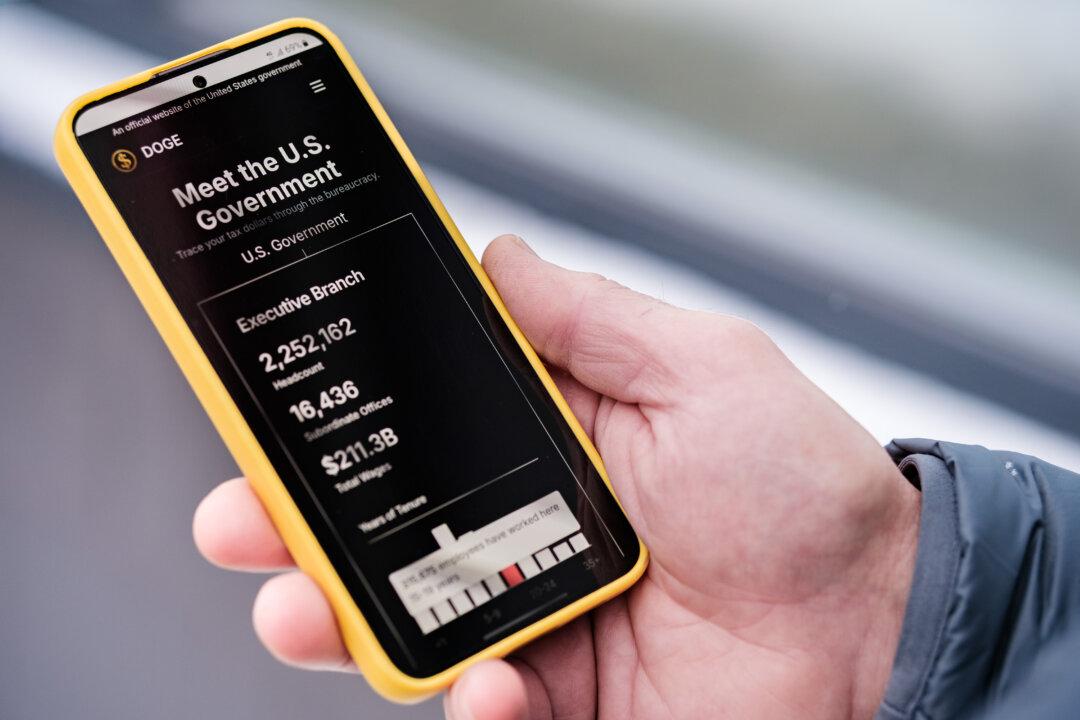U.S. inflation cooled in February, with the consumer price index (CPI) rising by a less-than-expected 2.8 percent year over year. Excluding food and energy, core CPI rose by 3.1 percent year over year, as costs for services such as shelter and transportation continued to grow at mid-single digits. What kept CPI growth muted was the ongoing decline in energy prices around the world.
Just as rising energy prices—fueled by the supply shock of the war in Ukraine—drove inflation in 2022, the decline in energy prices has been the biggest driver of the easing in overall inflation in recent months. Specifically, the gasoline component of CPI fell by 3.1 percent year over year in February, while the fuel oil index fell by 5.1 percent in the same period. This decline reflects a longer-term trend.
Since inflation’s peak in June 2022, the price of oil has fallen by nearly 45 percent (from $102 to $66 per barrel). At the same time, the national average U.S. retail price for gas has fallen by more than 37 percent, from more than $5.10 per gallon in June 2022 to $3.20 today. Still, before the COVID-19 pandemic era, gas prices were lower by one-third, averaging about $2.25 between 2016 and 2020.
Rising oil prices can result from increased demand or decreased supply. If prices move too high or too fast, they can lead to slowing economic activity, and they can also be a driver of future inflation. Because oil is an input into every other part of the modern economy, when oil prices rise too high and too fast, other producer and consumer prices follow suit and demand falls.
The United States should emphasize support for its domestic oil and gas industries. By reducing its dependence on foreign sources of energy, the United States better protects its strategic interests. With increasing domestic production of fossil fuels, retail prices should continue to fall. As long as prices are falling because of increasing supply, rather than weakening demand, falling oil and gas prices are an economic blessing.
As prices fall, the United States has an opportunity to refill the U.S. Strategic Petroleum Reserve (SPR) at lower prices. In January 2021, the SPR held more than 638 million barrels of oil, near its practical capacity. Over the past four years, more than 300 million barrels—nearly half of the SPR’s total capacity—were sold off in an attempt to lower prices at the pump. The effort at price controls failed, and it came at the cost of our national security. In January 2025, the SPR remained below 400 million barrels. We can expect the U.S. government to replenish it, but it will likely do so slowly and wait for prices to fall further.
Oil prices that are too high are costly for the economy, but rapidly falling oil prices aren’t necessarily a positive signal. Like Goldilocks, we need an economic porridge that is neither too hot nor too cold.







